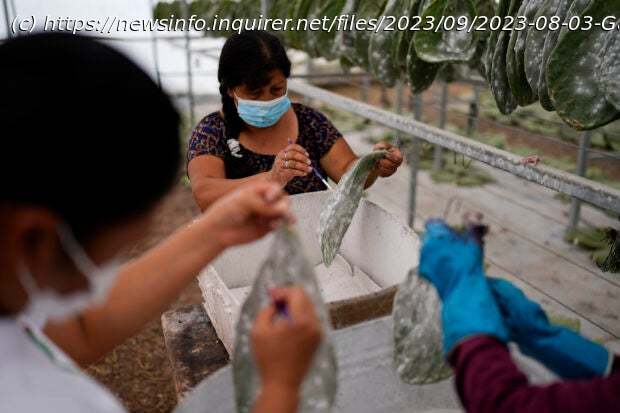Array
One family in central Mexico is struggling to preserve the production of cochineal dye, an intense, natural red pigment so prized that, after gold and silver, it was probably the most valuable thing the Spaniards found in Mexico after the 1521 conquest.
For centuries, red clothing — along with purple — had been a sign of power and wealth because it was rare and expensive. An indigenous Mexican process deriving the pigment from insects gave the Spanish empire a new source of red dye.
Some of Mexico’s most picturesque and imposing colonial cities, like Oaxaca, were essentially built on the wealth derived from cochineal dye, also called carmine, and known as “grana cochinilla” in Spanish. It was much prized by the Spanish nobility, and it would go on to dye, among other garments, the British Empire’s ‘Redcoat’ military uniforms, before it began to be replaced by synthetic dyes in the 1800s.
Obtaining the dye the old-fashioned way is slow, tedious, and painstaking. It comes from the crushed bodies of tiny female insects that contain carminic acid and feed on the pads of nopal cactus plants.
Each insect, known as Dactylopius coccus, must be bred to a larvae stage and “planted” on a previously wounded cactus pad, and then left for months to feed and mature.
Then each must be harvested by hand, usually with a tiny brush, sifted, cleaned, and left to dry in the sun.
The Mixtecs of Oaxaca first developed the method to obtain the precious pigment centuries before the Spaniards arrived.






